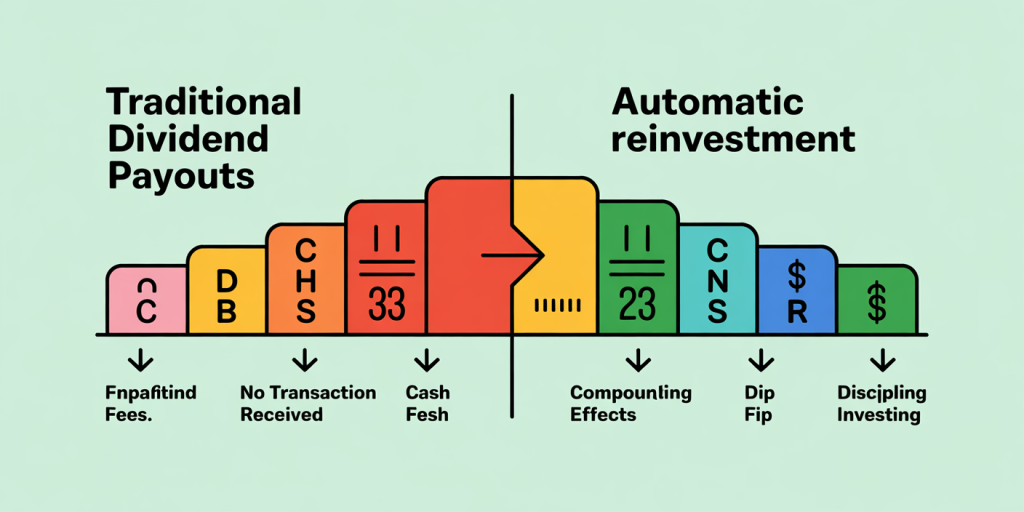Investing as a Couple: How to Align Goals and Risk Tolerance
Deciding to invest as a couple can significantly enhance both partners’ financial future, but it often presents unique challenges. Aligning investment goals and risk tolerance requires open communication, strategy, and a mutual understanding of each other’s financial mindset. According to a 2022 Fidelity study, 60% of married couples reported that money disagreements have caused stress, highlighting the need for harmonious financial planning. By carefully navigating these elements, couples can leverage their joint resources effectively, ensuring long-term wealth accumulation and financial security.

Investing together also means managing differences in experience, expectations, and emotional responses to market volatility. This article explores how couples can synthesize their diverse perspectives into a unified investment strategy. Through practical examples, comparative data, and expert insights, this comprehensive guide aims to empower couples to make informed decisions while respecting one another’s financial comfort zones.
Understanding Individual Financial Profiles and Shared Objectives
Before making any investment decisions, couples need to take stock of their individual financial situations and clarify their shared objectives. Each partner’s income, debt, savings, and spending habits shape their readiness and capacity to invest. For instance, one partner might have a stable income with significant retirement savings, while the other may carry student loan debt and limited emergency funds. Recognizing these differences early allows for better alignment in investment planning.
Setting shared objectives involves more than agreeing on a target amount for future wealth—it encompasses life goals such as buying a home, funding children’s education, or planning retirement. Studies indicate that 80% of couples who outline joint financial goals experience higher satisfaction in their relationship and finances (Pew Research, 2021). Open discussions about timelines and priorities help prevent misunderstandings and unrealistic expectations down the line.
*Example:* Sarah and Mark, married for two years, had contrasting views on investing—Sarah preferred aggressive growth strategies, while Mark opted for conservative approaches due to risk anxiety. By creating a list of their five primary goals (buying a house, starting a business, travel fund, retirement savings, and emergency fund), they developed a stepwise investment plan that balanced their priorities and risk profiles.
Assessing Risk Tolerance: Balancing Emotional and Financial Factors
Risk tolerance is one of the most critical yet subjective elements of investment planning. It describes an investor’s ability and willingness to endure market fluctuations and potential losses. Factors influencing risk tolerance include age, income stability, financial dependents, and psychological disposition towards uncertainty.
For couples, the challenge lies in harmonizing distinct risk tolerances without compromising either partner’s comfort. Research from Vanguard reveals that 70% of couples who discuss risk preferences regularly can better adapt their portfolios during volatile periods. Typically, risk tolerance can be categorized into conservative, moderate, and aggressive profiles:

| Risk Profile | Description | Suitable Investments |
|---|---|---|
| Conservative | Low risk tolerance, prioritizes capital preservation | Bonds, money market funds, dividend stocks |
| Moderate | Willing to accept moderate volatility for growth | Balanced mutual funds, ETFs, a mix of stocks and bonds |
| Aggressive | High tolerance, focused on long-term capital gains | Individual stocks, growth funds, sector ETFs |
*Practical Step:* Couples can take joint risk assessment quizzes provided by financial advisors or online platforms. Such tools help quantify each partner’s risk tolerance, which then serves as a foundation for crafting portfolio allocations.

Establishing a Unified Investment Strategy
Once individual profiles and risk tolerances are clear, couples must decide on a unified strategy that blends their needs and ambitions. This step often involves compromises but can be facilitated by adopting diversified investment vehicles catering to different risk appetites.
For example, a couple might agree to allocate 60% of their portfolio to moderate-risk assets and split the remaining 40% into conservative and aggressive investments, respectively. This diversified approach reduces overall portfolio volatility while allowing for growth opportunities. The key is maintaining transparency and revisiting allocations periodically.
*Case Study:* John and Lisa, who had historically conflicting investment approaches, decided to open three separate sub-accounts within a joint brokerage: 50% in a moderate-risk balanced fund, 30% in conservative bonds for capital safety, 20% in a high-risk tech sector ETF.
This structure provided comfort by accommodating both partners’ preferences and allowed flexibility to rebalance as market conditions changed.
Communication Tools and Regular Financial Check-ins
Persistent and effective communication is essential for investment success as a couple. Financial experts recommend scheduling quarterly financial check-ins to discuss portfolio performance, market trends, changes in personal circumstances, and evolving goals.
During these meetings, partners can reassess their risk tolerance, review progress towards targets, and adjust strategies as needed. For instance, an unexpected job loss or the decision to start a family can prompt significant shifts in financial priorities and risk capacity.
*Technique:* Utilizing shared financial apps like Mint or Personal Capital can provide real-time visibility of investments, budgets, and net worth. Transparency through digital tools reduces misunderstandings and supports data-driven discussions.
Such dialogue also helps build trust—a study from the Journal of Financial Therapy (2020) found that couples engaging in transparent financial communication reported 30% lower money-related conflicts.
Navigating Differences: Conflict Resolution in Financial Decision-Making
Even with alignment efforts, conflicts may arise due to differing personalities and financial habits. The key is establishing a predefined conflict resolution method. Couples might agree to consult a financial advisor or commit to a cooling-off period before making significant decisions.
Another technique involves assigning specific financial roles—perhaps one partner handles day-to-day budget management while the other focuses on investment research. This division leverages individual strengths and reduces tension.
*Example:* Emma preferred collecting passive income through dividend stocks, while David favored reinvesting gains for long-term growth. By agreeing to split their investment funds—$10,000 for dividend-focused stocks and $10,000 for growth assets—they mitigated conflict and respected both approaches.
Future Perspectives: Evolving Together in a Changing Financial Landscape
Looking ahead, couples must recognize that investment goals and risk tolerance are not static. Life transitions such as marriage, children, career developments, or approaching retirement necessitate ongoing dialogue and portfolio adjustments.
Emerging trends such as ESG (Environmental, Social, and Governance) investing, cryptocurrency, and robo-advisors also offer new avenues for alignment. Couples can explore these options if they resonate with their values and risk profiles.
*Statistical Insight:* According to a 2023 report by Morningstar, ESG funds attracted $51 billion in new investments, driven partly by millennial and Gen Z investors—many of whom are part of couples seeking value-aligned portfolios.
Investment education together is another powerful strategy for adaptation. Attending seminars, reading financial literature, or consulting professionals can enhance mutual understanding and confidence.
By taking a collaborative, informed, and flexible approach to investing, couples can transform financial challenges into opportunities for shared growth. Aligning goals and risk tolerance fosters not only financial prosperity but also relationship strength in the face of economic uncertainties.
